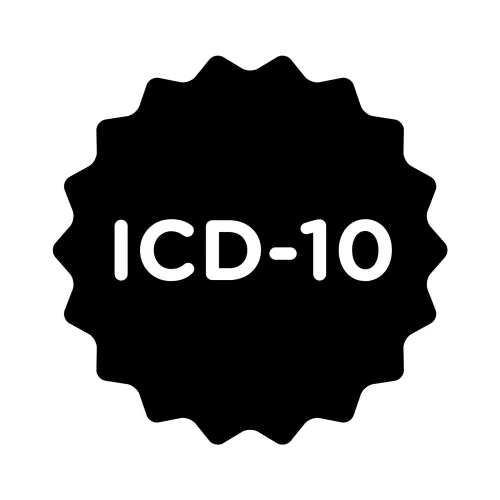Otolaryngology Coding Alert
Reader Questions:
How Far Back Should History Go?
Published on Wed Sep 15, 2021

You’ve reached your limit of free articles. Already a subscriber? Log in.
Not a subscriber? Subscribe today to continue reading this article. Plus, you’ll get:
- Simple explanations of current healthcare regulations and payer programs
- Real-world reporting scenarios solved by our expert coders
- Industry news, such as MAC and RAC activities, the OIG Work Plan, and CERT reports
- Instant access to every article ever published in Revenue Cycle Insider
- 6 annual AAPC-approved CEUs
- The latest updates for CPT®, ICD-10-CM, HCPCS Level II, NCCI edits, modifiers, compliance, technology, practice management, and more
Related Articles
Other Articles in this issue of
Otolaryngology Coding Alert
- CPT® 2022:
Check Updates to 99211, Nasal Fracture Treatment Codes Effective Jan. 1
Fortunately, the latest edition of CPT® isn’t as earth-shattering as last year’s. When the American [...] - Documentation:
‘Think in Ink’ to Nail MDM When Coding E/M Charts
Check these expert tips to tally the number and complexity of problems addressed. As otolaryngology [...] - Nosebleed Coding:
5 Key Tips Help You Code Nasal Hemorrhages With Ease
Hint: Differentiate simple from complex to nail the coding rules. When patients present to your [...] - You Be the Coder:
Understand How to Report Mixed Hearing Loss
Question: Which code should we report for mixed hearing loss? Florida Subscriber Answer: Although the [...] - Reader Questions:
Non-Medicare Payers May Perform Audits
Question: We treat pediatric patients who require otolaryngology care, so we don’t submit many Medicare [...] - Reader Questions:
Check Fee Schedule for Medicare Payment Amounts
Question: I noticed in your last issue that you shared a typical Medicare reimbursement amount [...] - Reader Questions:
Know How to Code Laryngitis
Question: Which code should we report for laryngitis? Tennessee Subscriber Answer: The answer will depend [...] - Reader Questions:
How Far Back Should History Go?
Question: Our provider documented that a patient had “childhood measles 10 years ago.” How should [...] - Reader Questions:
States May Dictate e-Signature Rules
Question: Our small practice still sees a majority of our Medicare beneficiaries via telehealth. When [...]
View All




